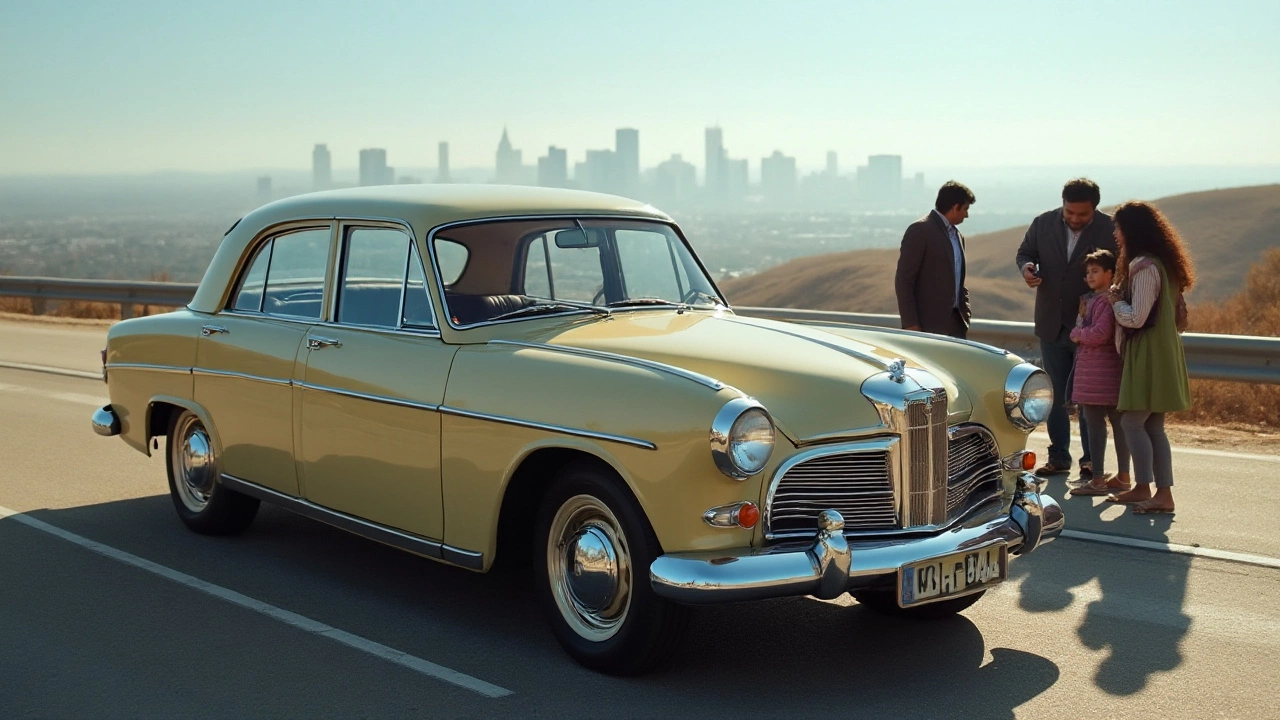Vehicle Regulations: Your Quick Guide to Importing and Using Cars in India
If you’re thinking about bringing a car into India, the first thing you’ll hear is "rules". They sound harsh, but they’re really just a checklist. Follow this guide and you’ll know which forms to fill, what taxes to pay, and how to avoid common pitfalls.
Importing a Car – The Real Costs
Most people assume the price tag of a car is the only expense. In reality the import duty, GST, and handling fees can add 30‑50% to the price. For example, a $20,000 car from the US might end up costing around $28,000 after a 30% duty and 18% GST. The exact duty depends on engine size, age, and whether the vehicle is fully assembled or knocked‑down (CKD).
Step one is to get a Bill of Lading and a commercial invoice from the seller. Then you’ll need a customs clearance agent – they handle the paperwork at the port. The agent will file a Bill of Entry, pay the duty, and get the vehicle released. You’ll also need a No Objection Certificate (NOC) from the Ministry of Road Transport and Highways if the car is under 5 years old.
Legal Rules You Can’t Skip
Once the car is in the country, the registration process starts. You’ll need a valid insurance policy, a pollution under control (PUC) certificate, and a fitness test if the car is over 10 years old. The Regional Transport Office (RTO) will issue a registration number after you submit the import clearance, insurance, and road tax receipt.
Don’t forget about emission standards. India follows Bharat Stage (BS) norms – currently BS6. If your car doesn’t meet BS6, you won’t be allowed to register it. That’s why many importers prefer newer models that already comply.
Another rule is the colour restriction for certain states. For instance, some states ban white or black commercial vehicles. Check your local RTO guidelines before finalising the colour.
If you’re bringing a car from the US, you’ll also face differences in lighting and speedometer units. Convert the speedometer to km/h and replace US‑style headlights with units that meet Indian standards. A simple modification shop can do this for a few hundred rupees.
For those curious about cars made in neighboring countries, the situation is similar. Pakistan‑made vehicles still need to clear Indian customs and follow the same BS6 rule. The paperwork is the same – Bill of Lading, customs duty, NOC, registration.
Finally, keep all documents – purchase invoice, shipping documents, clearance papers, insurance, and registration – in a safe place. You’ll need them for resale, insurance claims, or any future legal checks.
Bottom line: vehicle regulations in India may seem complicated, but they break down into a clear sequence – import duty, customs clearance, compliance with emission standards, and registration. Follow each step, use a reliable customs agent, and you’ll drive your new car without a hitch.
Understanding the 25-Year Rule for Importing Vehicles to the USA from India
The 25-year rule plays a crucial role in the importation of vehicles not manufactured in the USA, impacting enthusiasts and collectors. This regulation permits importing cars that are at least 25 years old in the interest of safety and emissions control. The article delves into how this rule affects Indian automobile manufacturers and enthusiasts in the USA. It also discusses recent trends and common misconceptions about vehicle importation.
Read More


